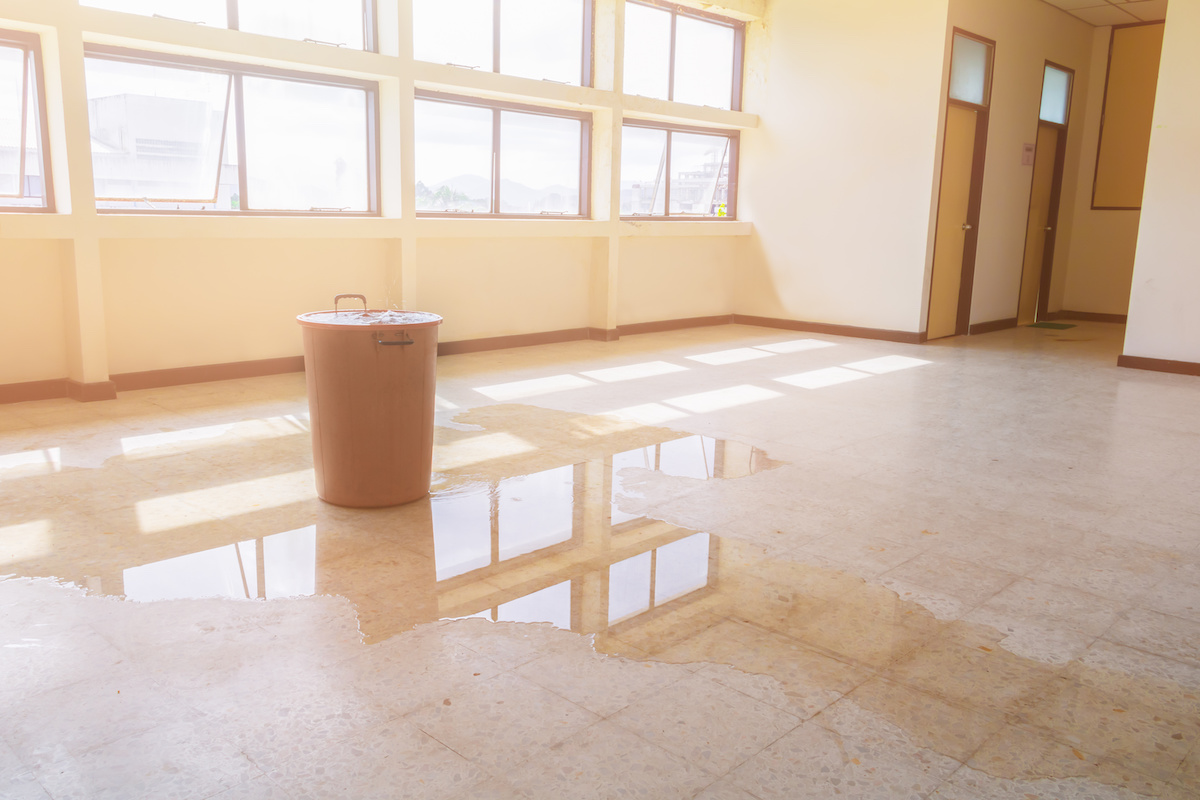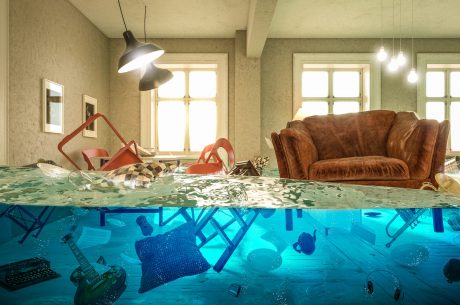Flooding or water damage can be one of the most overwhelming experiences for homeowners. Whether caused by natural disasters, burst pipes, or other accidents, the aftermath requires quick and informed action to minimize the damage and ensure safety. Let’s go through the most important steps to take after a flood or water damage incident with restoration services to get through the recovery process smoothly.
Call Your Insurance Company
One of the first steps to take after discovering water damage is to contact your insurance provider. Depending on your policy, coverage may vary significantly. An insurance adjuster will be sent to evaluate the damage, assess its cause, and determine what costs your policy will cover.
Prioritize Safety
The safety of your family and yourself should be your primary concern. Flooded areas can present several hazards, including electrical risks and water contamination. To protect yourself:
- Turn off the power in affected areas to avoid electrical shocks.
- Wear protective gear such as gloves, boots, and masks to reduce exposure to bacteria, mold, and other contaminants.
- Secure valuable items by moving them to higher, dry ground if it’s safe to do so.
Begin Water Damage Cleanup Quickly
Time is critical when it comes to water damage restoration. Delaying the cleanup process can lead to further deterioration of your property and increase the risk of mold growth. Before beginning, ensure all damage has been documented for insurance purposes.
How to Dry Out Water Damage
If you choose to handle some of the drying and dehumidification yourself, make sure to use proper equipment like fans and dehumidifiers. Open windows and doors to improve airflow if weather conditions allow. Be cautious and wear protective gear while handling wet materials, as contaminated water or mold may be present.
Watch for Mold Growth
Mold can begin developing within 24 to 48 hours after water damage occurs. Check for visible signs of mold, such as discoloration, musty odors, or fuzzy growths on walls and other surfaces. Mold can pose serious health risks and spread quickly, so address it immediately.
Deciding What Needs to Be Restored
Once the water has been removed and the area is dry, evaluate what repairs and replacements are needed. Some materials, like drywall, flooring, and insulation, may require complete replacement. Restoration can be time-consuming, but it’s essential to ensure that your home is safe, clean, and free from any lingering damage.
When to Move Back Into Your Home
Ensure the house is thoroughly cleaned, free of mold, and cleared by local authorities if the flood was part of a larger natural disaster. Coordinate with your insurance company and restoration contractors to confirm that all necessary repairs are finished before moving back in.
Contact PuroClean of Rahway for Restoration Services After Flooding
Handling water damage can be a daunting task, but professional help can make all the difference. At PuroClean of Rahway restoration company in NJ, we specialize in water damage restoration, mold removal, and other critical services to help you recover quickly and efficiently. Contact us today to learn more about our services and how we can help you move forward after a flood or water damage incident with restoration services.


